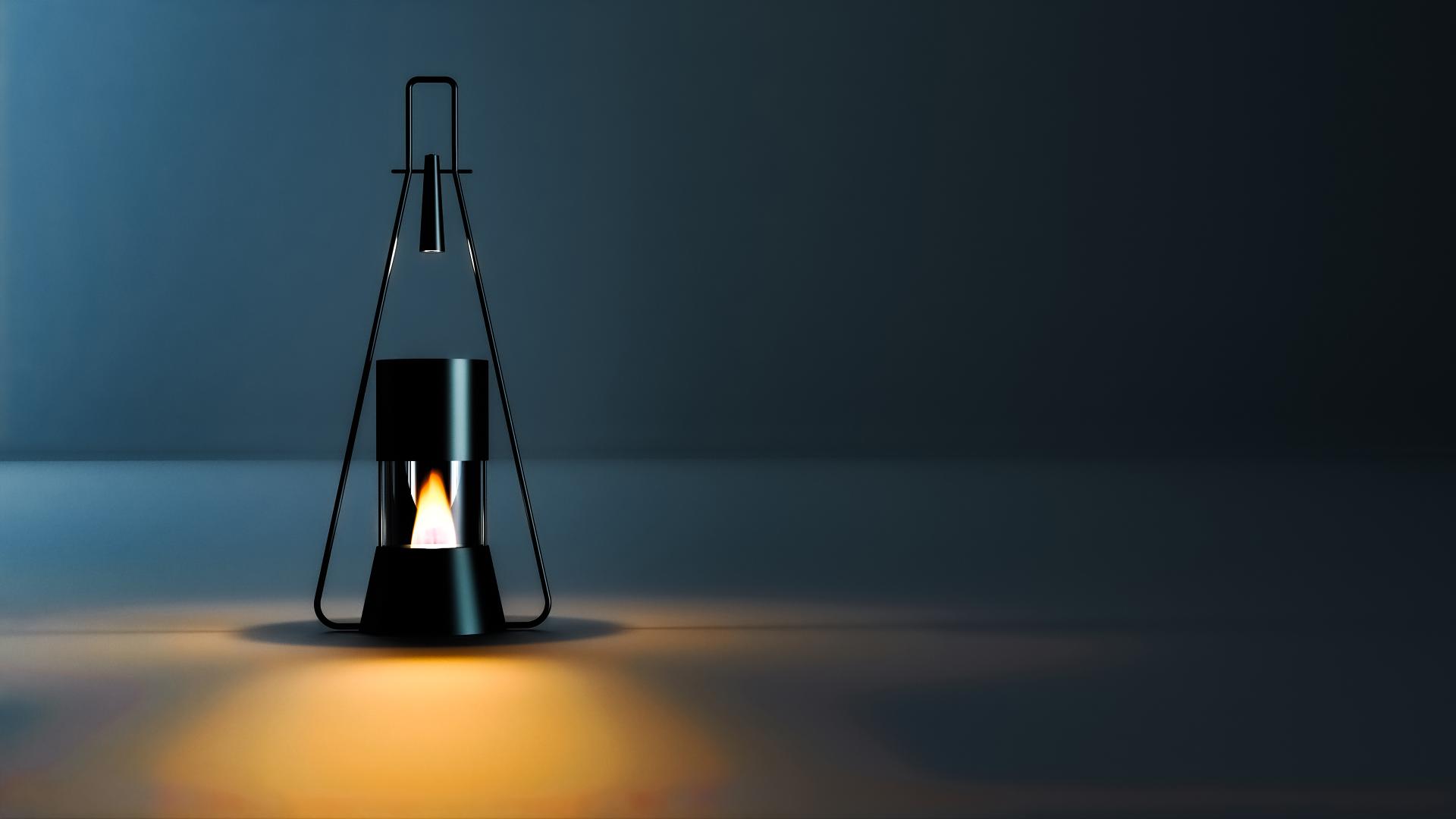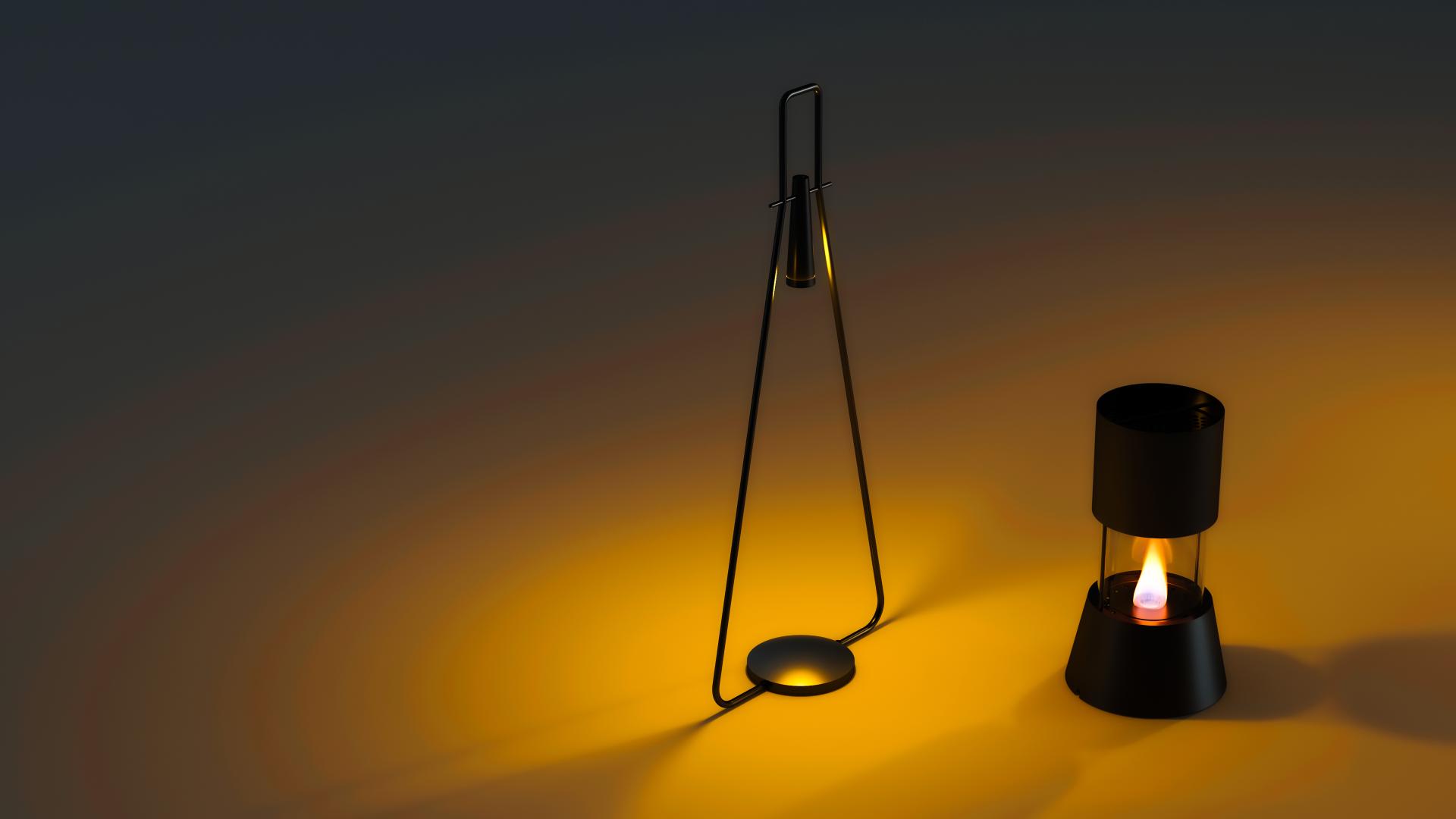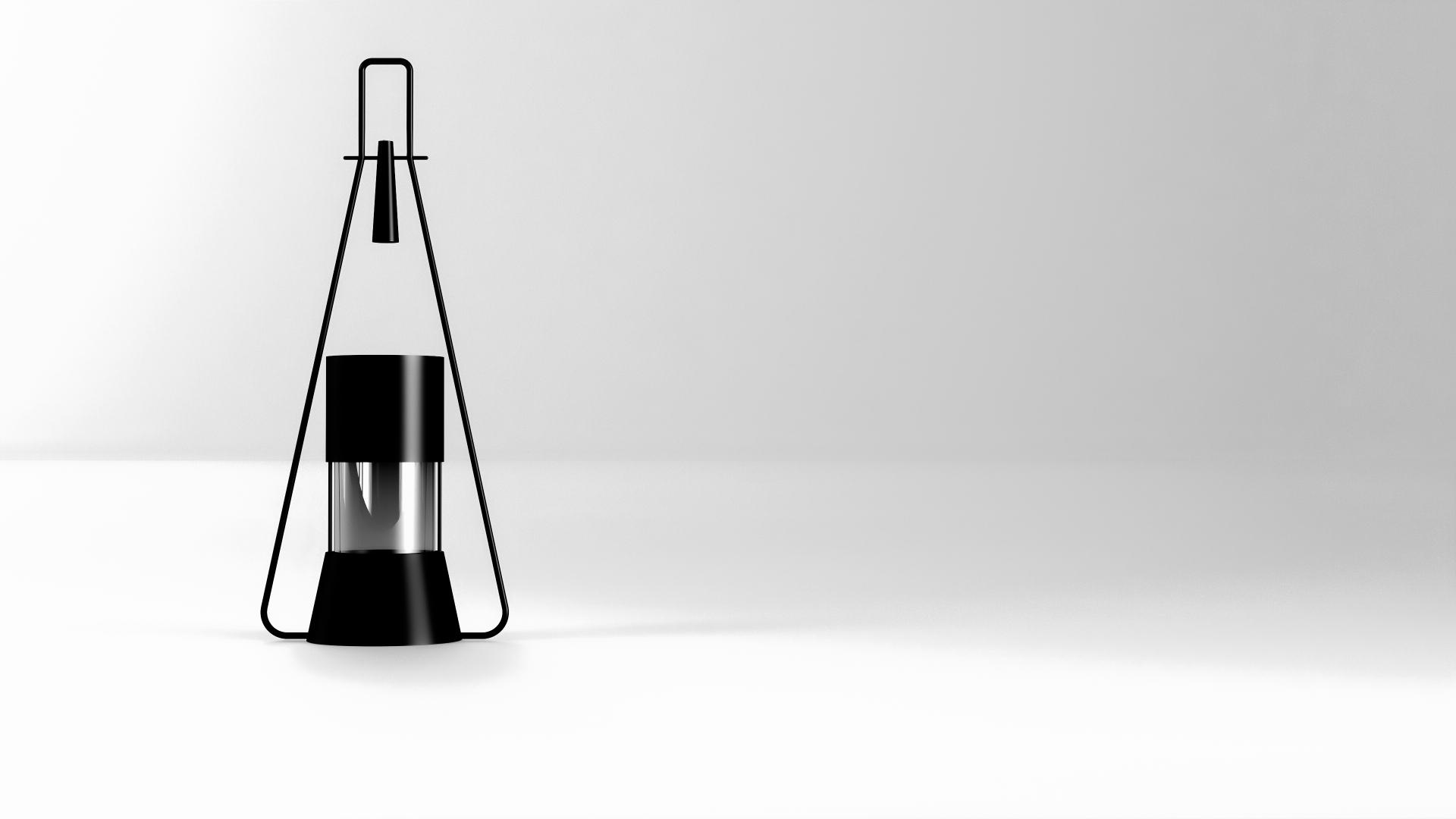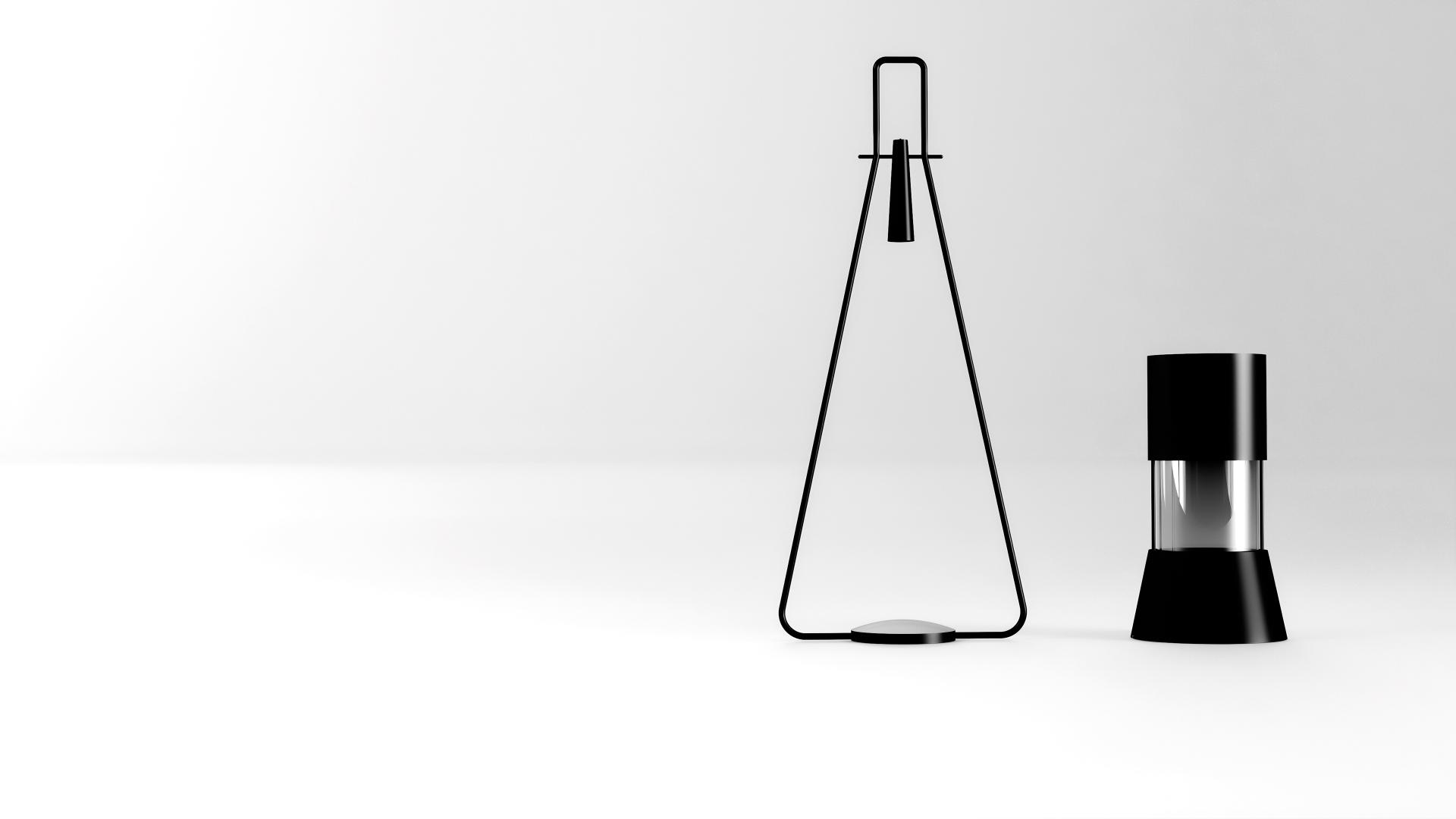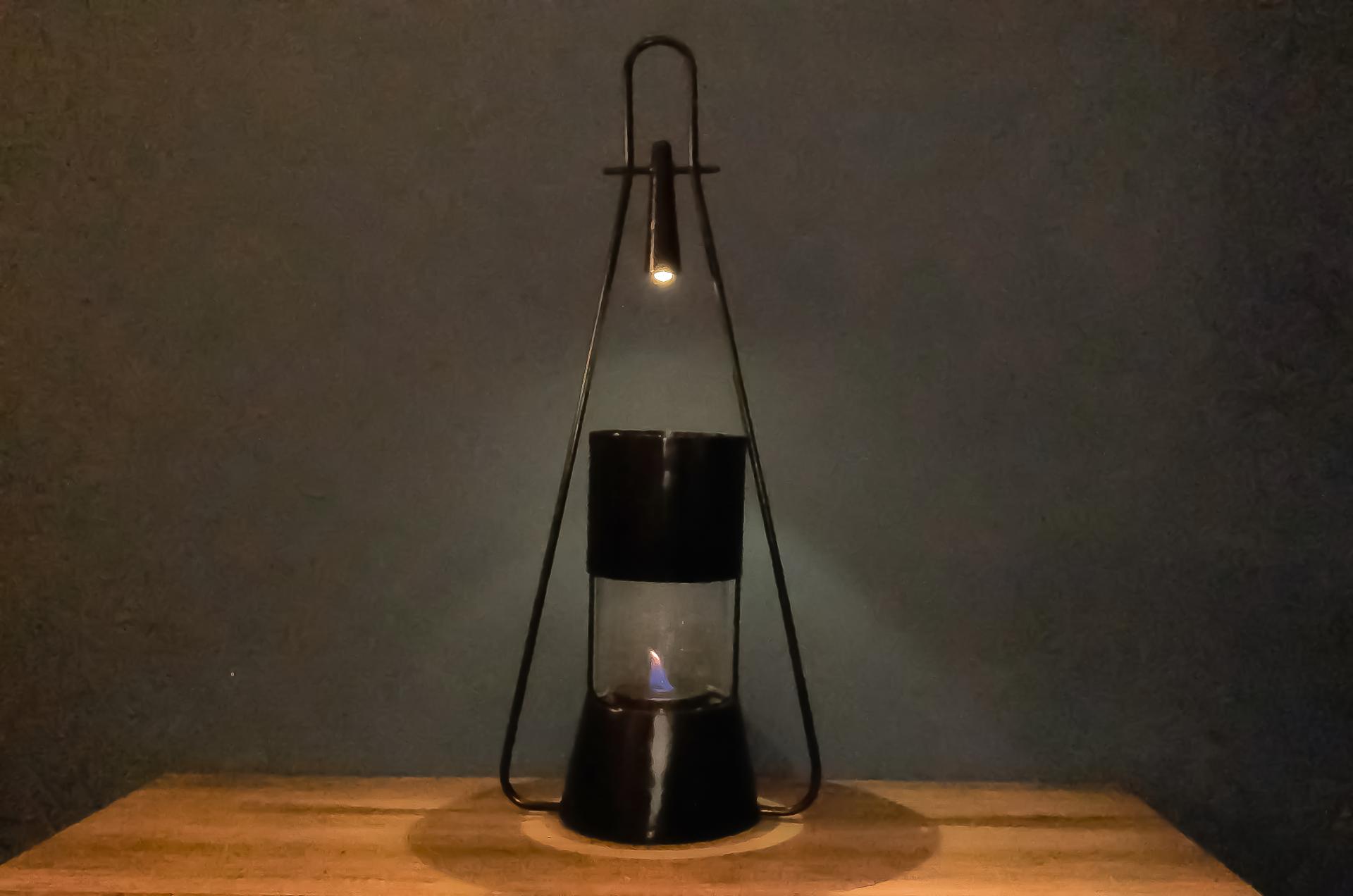Phos
Basic information
Project Title
Full project title
Category
Project Description
Phos is a lighting system for home design, consisting of two transportable parts that generate and store energy through heat. A bioethanol burner generates electricity through thermoelectricity during its operation, where the fire is a source of light and heat. The energy produced by the thermoelectric generator is stored in a battery lamp. Two transportable light bulbs, where Fire and Light are inextricably linked, in which thermoelectric energy is produced, stored and used.
Geographical Scope
Project Region
Urban or rural issues
Physical or other transformations
EU Programme or fund
Which funds
Description of the project
Summary
Phos is a lighting system for home design, consisting of two parts that generate and store energy through heat. The bioethanol burner generates electricity thanks to the thermoelectric unit during its operation, where fire is the source of Light and Heat.The lamp, which accumulates the energy produced by the power unit, represents its use and transportability, where an LED is the source of Light. The thermoelectric system was developed with the collaboration of Veil Energy, a technology company based in Bolzano, Italy. Veil Energy works in the management of thermoelectric systems of industrial plants. The energy production unit consists of the thermoelectric system, a biofuel burner and a borosilicate glass cylinder, in which the flame is enclosed. The heat produced by the flame is converted into electrical energy by the thermoelectric system. The thermoelectric system transmits the electrical energy produced to the lamp in order to charge the battery and subsequently use the light source. The rotation of the lamp diffuser, in which the ON/OFF switch and the 1W, 350 mA, 3000 K LED are located, allows the light flow to be directed.
Key objectives for sustainability
The environment around us is rich in energy sources that are able to contribute to today's energy demand. However, there is a large gap between the production developed over the centuries by man and what nature offers inexhaustible, leading to increasing interest, development and use of clean energies capable of reducing this gap, with the ultimate aim of eliminating it.
In the context of technological progress towards the optimal and intelligent use of alternative sources, there is research into energy harvesting, a process through which energy from alternative sources is produced, found and used.
Energy harvesting not only includes current technologies that are usually referred to as renewables, but also solutions that are able to use sources that were previously not considered or that have been set aside over time: thermal energy, kinetic energy, piezoelectricity, pyroelectricity, solar energy, hydraulic energy and wind energy. The last decade has seen a huge development of alternative energy issues and policies aimed at ensuring secure, sustainable, advanced, affordable and modern access to energy. Undoubtedly, the best known and oldest form of energy harvesting is heat transformation. There are countless sources of heat in the domestic environment that could be converted into other forms of energy. Being able to recover at least part of this heat and transform it back into a form of energy is extremely important, and would highlight how there are countless sources of energy in the environment that are not perceived but that could be reconverted and used, not wasted.
Key objectives for aesthetics and quality
With fire came the custom of gathering around burning embers to tell stories and experiences. In Him, two fundamental attributes for life coexist: Light and Heat. Linking these two symbols is the key concept of Phos. Nowadays fire finds its expression in domestic settings always bio-burners, where the prefix bio comes from the use of bioethanol as fuel. Bio-burners offer a number of advantages in terms of low harmful emissions into the environment, as there is no need for a disposal system because bioethanol burners do not produce smoke. The concept of light has also changed more than ever. Light not only has a visual function, it also marks man's biological rhythm and influences his emotional perception, following needs and accompanying actions in rooms. Since there is no light without space, space lives light, and just as one changes, so do the others, they are dynamic places that change according to the activities performed. New technologies allow light to easily adapt to the continuous evolution of environments, to become flexible in order to create different lighting scenarios that follow the movement and change of activities and people, in time and space. These two experiences, that of Fire and Light, are accompanied by research into the aesthetic concept of Emptiness. The empty space between the objects, as a place where the parts relate to each other, takes on such a central role that the singularity of the objects themselves is overshadowed in order to create a unitary system that unites fullness and emptiness. Light, Heat and Emptiness find expression in a system composed of two light sources, where fire and light are inextricably linked through essential geometric shapes. The heat produced by the fire is reconverted into thermoelectric energy, this electrical energy is stored in a battery and used later thanks to the transportable lamp.
Key objectives for inclusion
Although a small scale, Phos pioneered the concept of collaboration between designer and technology company to advance a common goal. The evolution of the thermoelectric system took place thanks to intensive and assiduous cooperation, overcoming geographical distances during the Covid period, with the common goal of achieving a stable system that meets both thermal and thermoelectric requirements as well as functionality and design. In this respect, progress in the two closely related fields proceeded in parallel thanks to continuous dialogue and exchange of views. This kind of collaboration is actually less frequent than one might think. In terms of co-design, there is an increasingly urgent need for collaboration between companies involved in the development of new technologies and designers in order to create small-scale energy production systems. This, in my opinion, would lead to the creation of an idea that is reflected in everyday life, namely that there is an urgent need for the development of energy systems using renewable forms of energy and that it is possible to incorporate them into domestic environments.
Physical or other transformations
Innovative character
Phos is a lighting system for home design, consisting of two parts that generate and store energy through heat. The energy-generating unit consists of an upper shell, a glass cylinder, and a lower shell, which contains the burner, i.e. the fire element. The fire is enclosed within the borosilicate glass and its heat is converted into energy by the thermoelectric system, which is housed in the upper shell. The thermoelectric system was developed with technological support from Veil Energy. Numerous factors have been taken into account in the experiments, all of which determine whether or not a thermoelectric system can achieve thermal stability and produce the amount of power required for the project's functions. The thermoelectric system transmits power through contact with the lamp handle (which is electrically insulated), supplying current to the 2600 mA/h Li-ion battery and thus using the light source. Phos operates at 5V and this voltage does not create danger to the user in case of contact with the body. The handle of the lamp allows it to be carried. The diffuser houses the ON/OFF switch and optoelectronic components such as the reflector and lens. A protection module for recharging the lithium batteries enables Phos to be supplied with power traditionally via a transformer and cable with micro USB connection. Two transportable light sources, where fire and light are inextricably linked, cooperate and dialogue so that thermoelectric energy is produced, stored and used.

